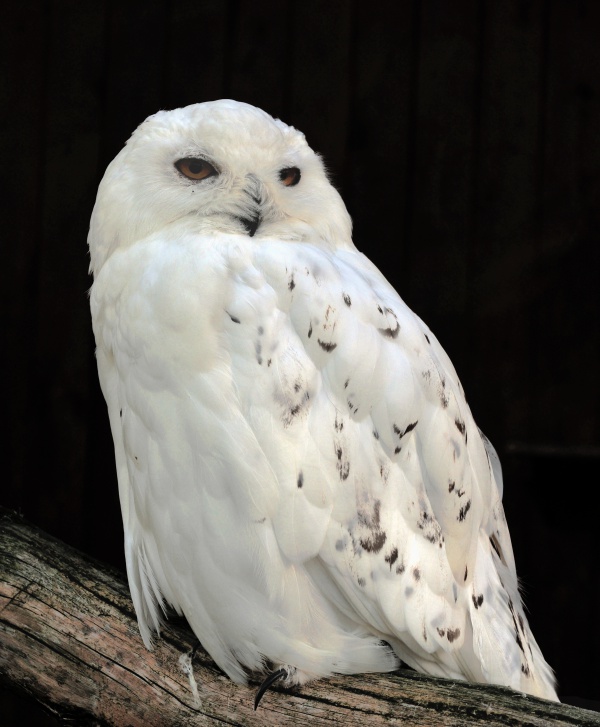Facts About Snowy owl
The snowy owl, also known as the polar owl, white owl, or Arctic owl, is a magnificent bird native to the Arctic regions of North America and the Palearctic. These large owls are easily recognized by their predominantly white plumage. Males are almost entirely white, while females display more dark flecks. Snowy owls stand out not only for their size but also for their distinctive coloration, unique among owl species.
Unlike many other owls, snowy owls are diurnal, meaning they hunt during the day. They have a varied diet, primarily feeding on lemmings during the breeding season but also preying on small mammals and birds at other times. This adaptability helps them survive in the harsh and changing conditions of the Arctic.
Snowy owls exhibit fascinating nomadic breeding behavior. They rarely return to the same location or mate and often skip breeding altogether if food is scarce. Typically, they nest on raised ground in the tundra, laying large clutches of eggs that hatch in a staggered fashion. By autumn, the young are ready to venture out on their own. These owls have unpredictable migratory patterns and can sometimes be seen far south of their usual range in large numbers. Unfortunately, their population is declining, likely due to environmental changes and global warming.
First described by Carl Linnaeus in 1758, the snowy owl has undergone various taxonomic classifications. Initially placed in the genus Strix, it was later moved to Nyctea and is now often included in the genus Bubo, though some debate remains. Genetic studies show that snowy owls are closely related to horned owls like the great horned owl, with their lineage diverging around 4 million years ago. Fossil records reveal that snowy owls once had a much wider distribution, extending into southern regions during the Quaternary glaciation.
Snowy owls are predominantly white with bright yellow eyes and lack prominent ear tufts. Their plumage varies by age and sex, with males being lighter and females more heavily marked. Juveniles resemble females but become whiter as they mature. Their toes are thickly feathered for insulation, and their flight is steady and direct, though not as silent as other owls due to fewer noise-canceling wing features.
Behaviorally, snowy owls are active both day and night, depending on prey availability. They can endure extremely cold temperatures thanks to their well-insulated plumage. Often seen perching on the ground or low rises, they are capable of quick, agile movements. Their flight is buoyant, and they can even swim if necessary. Snowy owls are territorial, especially during breeding seasons, and can be aggressive in defending their nests, often engaging in threat displays and physical attacks.
When it comes to breeding, snowy owls usually form monogamous pairs, though instances of bigamy and polyandry have been reported. Their nesting territories vary in size based on food availability. The female typically makes a shallow depression on elevated ground for the nest, often reusing and modifying it over time. Clutch sizes are large, averaging 7-9 eggs, with an incubation period of about 32 days. The female primarily broods the young, while both parents aggressively defend the nest from threats.
The diet of snowy owls primarily consists of lemmings during the breeding season, but they are opportunistic hunters and will eat a variety of prey, including small mammals, birds, and occasionally fish. They use various hunting techniques, such as perching and swooping down on prey, to adapt to different food sources depending on availability.
Snowy owls can live up to 25-30 years in captivity, although their typical lifespan in the wild is around 10 years. They face several threats, including starvation, human interference, and environmental changes due to climate change. With fewer than 100,000 individuals left globally, they are classified as a vulnerable species by the IUCN.
In popular culture, snowy owls gained fame through the "Harry Potter" series, where a snowy owl named Hedwig plays a significant role. The species is also the avian symbol of Quebec and French-Canadians and has inspired the name for the EADS Harfang drone aircraft.
